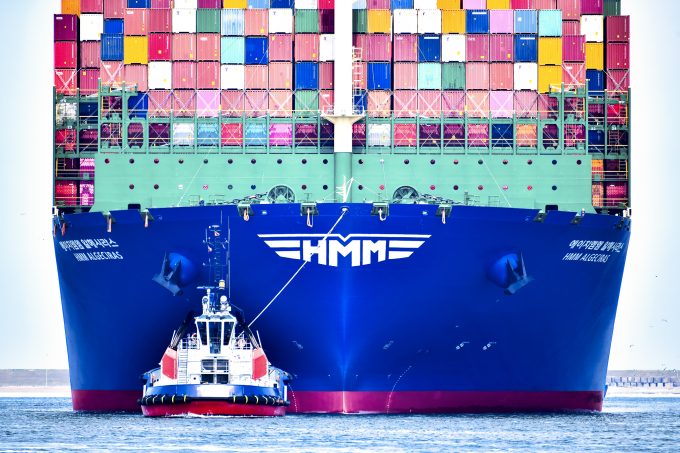Maersk developing the tech to create the 'Amazon of logistics'
Maersk is looking to build an “Amazon for logistics” with its integrator strategy, supported by ...

HMM has placed a $1.1bn order for nine 9,000 teu methanol-fuelled container vessels at compatriot South Korean shipyards, as well as an agreement to fuel them with methanol from Hyundai Corp.
A spokesperson for HMM told The Loadstar in December that it was increasing capacity, explaining: “HMM is considering a range of options, according to its medium-to-long-term strategy, which includes building its fleet from 820,000 teu to 1.2m teu by 2026.”
The movement toward methanol power has snowballed following Maersk’s 2021/22 orders for 18 ...
Volcanic disruption at Anchorage could hit transpacific airfreight operations
Macron calls for ‘suspension’ – CMA CGM's $20bn US investment in doubt
De minimis exemption on shipments from China to the US will end in May
Forwarders stay cool as US 'liberation day' tariffs threaten 'global trade war'
Looming Trump tariffs will create 'a bureaucratic monster' for Customs
Mixed response in US to 'Liberation Day', while China leads wave of retaliation
Tariffs and de minimis set air freight rates on a volatile course

Comment on this article